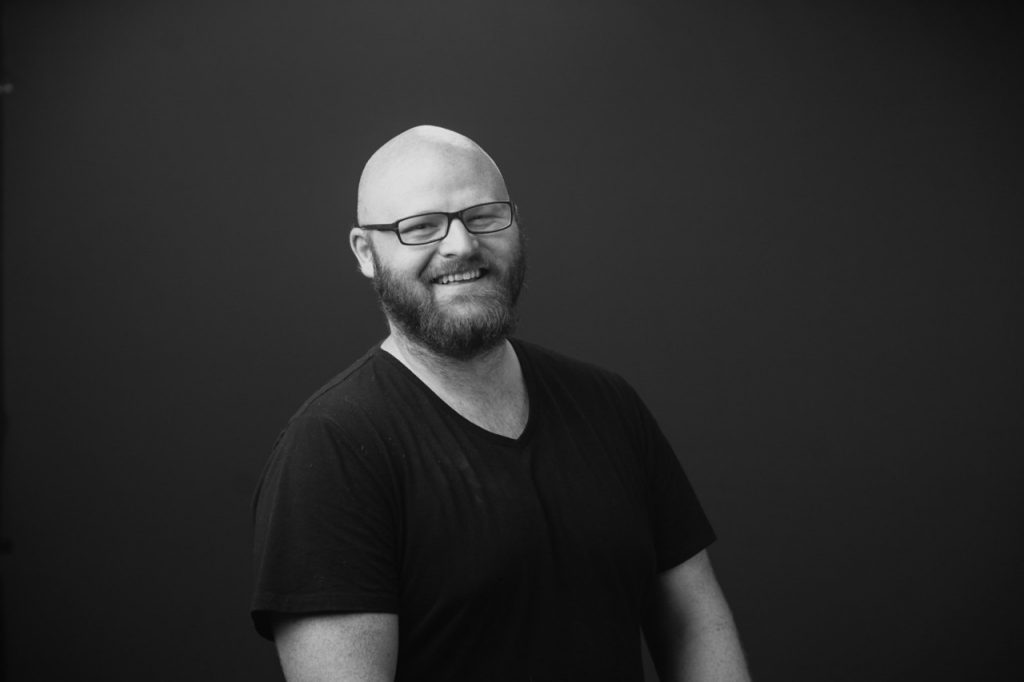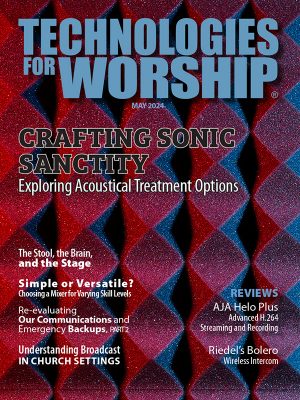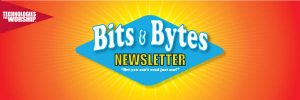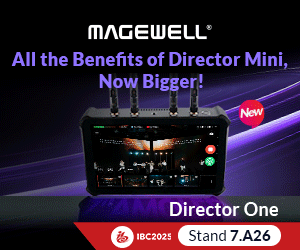
By Matt Hemmele
One of my favorite things to do when I am listening to music is to think about how I would program lights to whatever song I am listening to. I think about what fixtures I would use, what colors, would I use a wide zoom, would I use gobos, which ones, would they rotate, what about a prism…etc. I get so excited dreaming up the ideas that it almost becomes information overload and when I sit down to actually program, one of two things, or both happens. I will get creative gridlock and all my ideas are stuck in my brain, or I will get so eager to see my ideas that my programming gets really messy; I start to take shortcuts and ultimately am left with programming that is tacky and over-programmed. Over the years I have developed a process to help me stay focused and move through the song with intentionality and purpose, helping relieve some of that gridlock as well as ensuring I am not leaving a wake of destruction in my showfile.
The Set Up
There is a lot of value in having a routine when sitting down to program. It helps you get in the right mindset, settles your nerves, and focuses your energy in the right direction. Having tools such as a naming convention, color code, as well as a way to reference bpm of the song are good ways to keep your showfile clean, while also creating a repeatable flow. I have found it best to roadmap the song with cues and then fill those cues in with very basic programming. I will “program in binary” which is simply taking the dynamics of the song at very simple values. For example if the song gets big, I put the lights at full and in the crowd, when the song goes down, I point them down and lower the intensity. The overall goal during this process is to get content into my cue list that I can then evaluate, shape, change, or remove altogether. I also want to find the biggest and lowest parts of the song and use those extremes to calibrate the dynamics of the looks in between.
There is a lot of value in having a routine when sitting down to program. It helps
you get in the right mindset, settles your nerves, and focuses your energy
in the right direction.
Investing in the look
A phrase I will often use is “the bones are there” as a reference to the foundational aspects of the overall look of the song. A great foundational look should be able to expand and contract with the dynamics of the song without the need for effects. The number one rule I have in this portion of the process is that effects are not allowed. This forces me to invest my energy into building a strong look that either does not need an effect to look good or to create a look that will present an effect more efficiently.
A good practice is to have a really solid pool of position presets that each fixture group adheres to. For example, if you have a down and in position look, you want your spots and washes to all play with each other and all follow the same angle vs. each doing their own version of that position. What this allows me to do is instead of having 12 spots and 12 washes, I now have 24 total fixtures contributing to the overall look.
If you are using a rig that has both static and moving fixtures, a strategy I like to employ is to focus my static fixtures to match the biggest look I will go to with my movers. When I then go to that look, I not only have my moving fixtures contributing to it, but also my static rig. Another strategy I like to do is to make my spots look like washes. My goal is to maximize the number of fixtures in my rig.
Something I like to make sure I pay attention to is what fixture I want to highlight. There is something to be said for having consistency in the flow of the look as well as ensuring you are not giving the viewer too much to look at. Think of your fixture types like characters; as you move through the song choose which characters you want to feature or where you want the viewer to focus. For example, if I am going for a beamy look with my washes, I want to ensure every cue in my sequence is featured and every other fixture is playing a background role.


Color
When deciding colors, I have a hard and fast rule of no more than two saturated colors and a desaturated, or “pop”, color. On occasion I will even take it one step further and do a single saturated color and a single desaturated color. I do not want to throw so many colors on the stage that the overall image becomes messy and cluttered with too many different shades. In the event you are using visuals, it is also very important to consider the colors they are bringing to the table in order to play off or compliment them.
A key aspect regarding not only programming color, but also being able to quickly change color on the fly or implement them in effects and change as needed, is to ensure all your fixtures are the same colors. This may seem obvious, but most lighting rigs in houses of worship will be an aggregate of several fixture types, makes, and models, all with different color engines and processing. Green isn’t always green across every fixture. Taking the time to calibrate all of your fixtures to the same color and shades of those colors in your presets will streamline your programming, and also adds a nice level of polish to your looks that hopefully nobody notices.
Support the Song
In order for a painting to be experienced and enjoyed it needs to be placed in a frame with some sort of structure around it. A good frame brings support and structure to a painting but doesn’t get in the way. Lighting and visuals are very much the same way in that they bring structure and support to a song so that it can be experienced and enjoyed, but they should never get in the way.
Something I try to keep a handle on is what call the “5-10 paradigm”. I work to rate each cue on a scale of 1-10, with one being essentially off and 10 being bright strobes, crazy flash, and trash. I like my looks to live in a two-four range dynamically so that I have plenty left to swell into. Another bit to note is that a 10 is something you jump to but not land on. For example, if you are trash canning out of something but there are still some key hits the band is doing, you still need another level so those hits feel bigger than your peak dynamic look. I am a firm believer that effects should be a continuation of the look, not the look itself.
An exercise I like to apply to most of my programming is to put restrictions on what attributes I am able to use. For example I’ll approach a song and allow only color effects. This forces me to think differently in how I achieve the dynamics of the song without reverting to some of my default effect choices.
Conclusion
Going through this process as many times as you can only improves the programming. Be more and more critical, after adding effects go back and invest in the look again, refine the effect and ask if it’s supportive or distracting. As you are going through your refining process think of the programming as supporting the overall story, so ask questions like:
- Is the programming saying too much or not enough?
- Is there a consistent narrative throughout the programming?
- Do the dynamics peak too early?
- Is the programming stepping on the song?
By the end of this process you should be left with programming that is clean, dynamic, and intentional.
One last note, and it seems really obvious, but know the capabilities of your fixtures and where the quirks are – is there chromatic distortion with a prism, can you keep a sharp focus throughout the entire zoom range, how narrow does the iris get, how fast is the zoom, is there a studio mode, are there other dimmer curves? All of these could be limitations or attributes to feature to get interesting looks.
Happy programming!

Matt Hemmele has been doing production in the church for 16 years, specializing in lighting. In 2007, he attended an arts conference at Willow Creek and was given a picture of what lighting design could look like within the church. Since then, he has spent 15 years working within the church, 10 years spent at a church in his hometown, Peoria, IL. In 2017, Bill and his wife moved to Charlotte, NC, to be a part of Elevation Church where he has spent the last five years learning, growing, developing, and being a part of all that God is doing in Charlotte and around the world. For Matt, having the opportunity to do lighting for such an incredible ministry has been an absolute dream.






